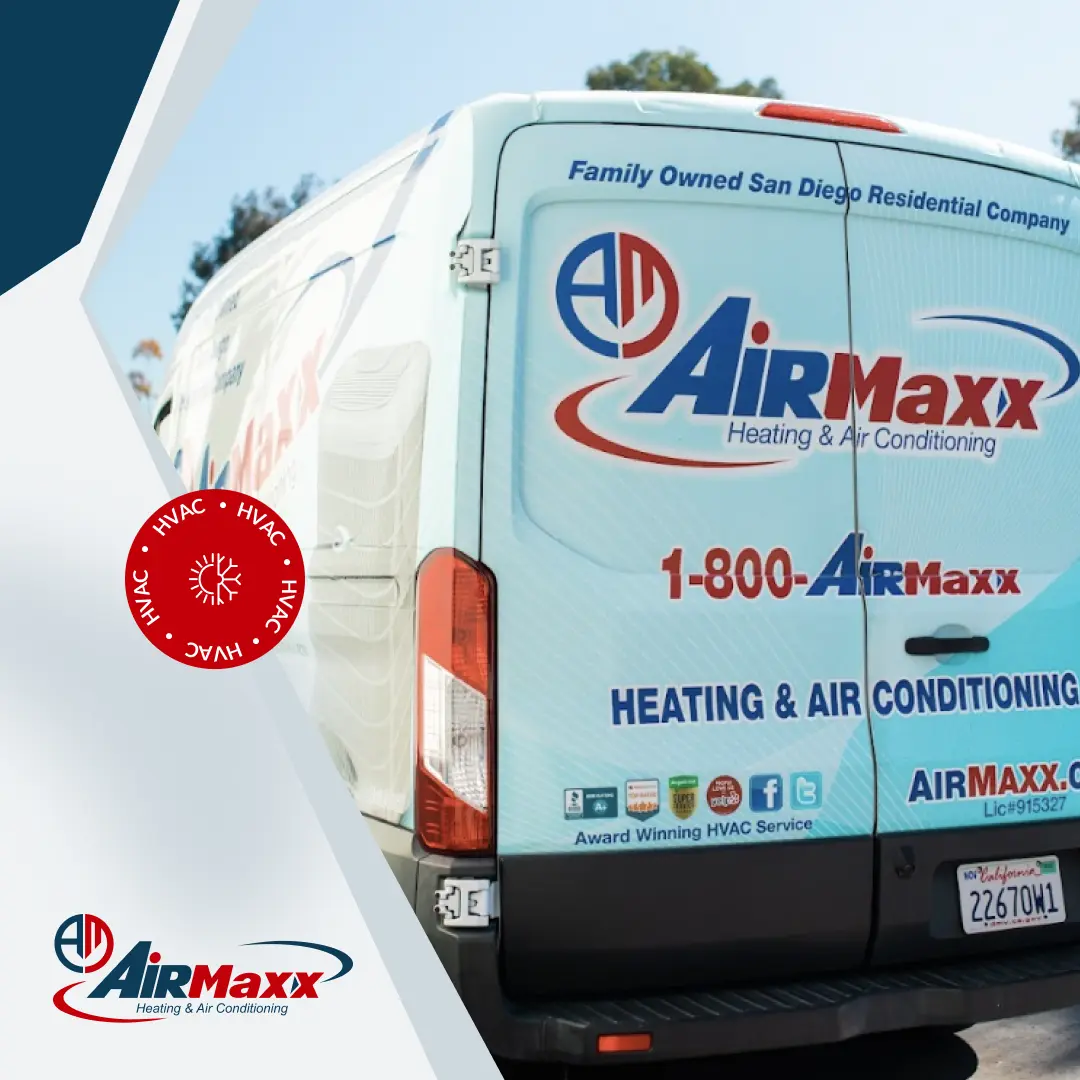You may have heard of Leagionnaires’ Disease before, possibly in the context of buildings and air conditioning systems. This disease poses a serious complication of existing methods for providing air to buildings, and understanding how the disease lives and spread is vital in understanding the implications of the disease.
HVAC Systems can be found in most buildings in our modern world, the largest of which are in hotels and large office buildings. Legionnaires’ Disease has been noted to be a threat as early as the 1960s, but it wasn’t determined to be L. Pneumophila until 1976, when over 200 attendees of a convention in Philadelphia suddenly came down ill with a form of pneumonia known as Legionellosis, or Legonnaires’ Disease. It is similar to pneumonia, with symptoms such as: fever, coughing, and chills. By the time the issue was examined, 34 of those affected died, and it was determined that the method the disease spread by was that of the HVAC system in the building.
L. Pneumophilia enjoys warm, still water, which is found in cooling towers. All the pathogen needs to spread is vapor, or mist, spread by the air conditioning system of a building, to enter the body of the victim. While the disease can be spread by shower heads, hot tubs, and other common items found in the home, it is still the most prevalent in large HVAC Systems around the world, and stands as a large category when planning the installation and usage of the system. While it’s possible to treat the illness with antibiotics, still, out of every 10 patients who contract it, 3 are expected to die from the disease.
Legonnaires’ Disease is a serious factor to consider when one designs and manages an HVAC System in a building, and the 2001 outbreak in Spain shows just how devastating the disease can be, and how large of a population it can affect if not stopped at the source. While it is foreseeable that this issue will stay with us in modern times, advancements can be made in order to keep the bacterium at bay, and engineers will continue to search for a solution.
Follow our blog to learn more about heating, air conditioning and home needs.



